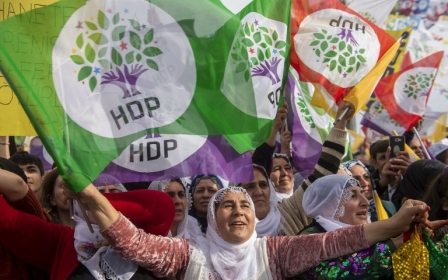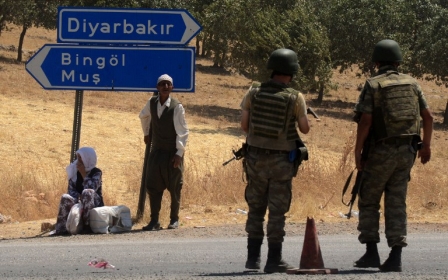New open-source investigation sheds light on killing of human rights lawyer in Turkey
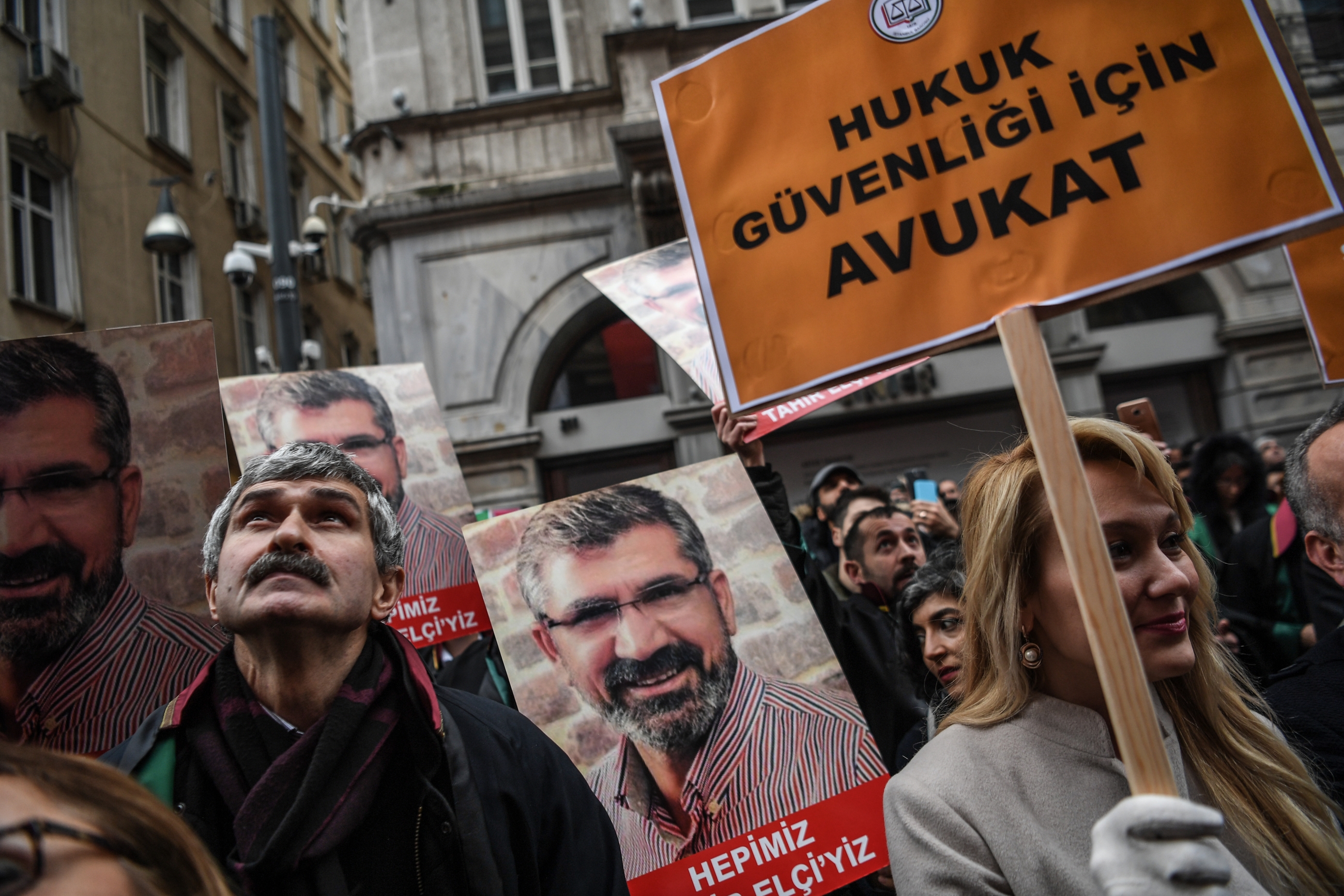
On 28 November, 2015, renowned Kurdish human rights lawyer Tahir Elci was shot dead while giving a press conference under the historical four-legged minaret in the old city of Turkey's Diyarbakir.
He had been calling for an end to fighting that had ignited between militants linked to the Kurdistan Workers Party (PKK) and security forces in the ancient neighbourhood of Sur.
“We don’t want any guns, conflict or operations in this historical and very old region of humanity, which has hosted many civilisations," he said.
"We want this region to be far from all wars, guns or operations."
Moments later, at approximately 10:55am, Elci was lying face down in a pool of blood under the minaret.
Rather than reviving a faltering peace process, Elci’s death led to an intensification of violence that left much of the old city in ruins. While videos were widely circulated on social media of the moment of his death, the question of who killed Elci remained unresolved.
Now a London-based research agency, Forensic Architecture, has published an investigation potentially establishing the source of the bullet that killed Elci.
"Our investigation has identified the individuals who should be treated as suspects in the case," wrote the organisation.
"These findings underscore the need for Turkish authorities to launch a new and effective inquiry into the circumstances of Elci’s death."
Elci’s brother had claimed that he was murdered by the state, while Selahattin Demirtas, the then-co-chair of the pro-Kurdish Peoples Democracy Party (HDP), said that “it was clear that the bullet that killed Tahir Elci came from a police weapon, but the aim of such a killing can only be revealed by a forensic investigation”.
Then-prime minister Ahmet Davutoglu promised a transparent investigation into his death, stating that it wouldn’t rule out the possibility that Elci was targeted as part of a planned assassination by PKK militants.
Despite the assurances of Justice Minister Bekir Bozdag that the investigation would be conducted with the "utmost care", no one was charged and the official investigation stalled. As a result, the Diyarbakir Bar Association commissioned Forensic Architecture (FA) in 2016 to investigate the killing.
The confusion around who was the true culprit behind the killing stemmed from the chaotic incidents that preceded Elci’s death. Two PKK militants shot and killed two policemen on a nearby street, and then proceeded to flee the scene by running directly past the news conference that Elci was giving.
What ensued was a hail of 40 bullets fired by police at the militants. However, the only casualty at the scene was Elci, who was fatally shot in the back of the head.
Using a range of evidence – from witness testimonies, video footage, photographs and official reports – Forensic Architecture’s investigation synchronised the audiovisual material and built a three-dimensional computer-generated model of the scene to narrow down the possible fatal shots from 40 to six.
It concluded that all of the six shots that could have killed Elci were fired by three police officers (police officers A, C and D in the investigation), who were never interviewed as suspects in the case.
Eyal Weizman, FA’s director, said that “both the killing of Tahir Elci and the state’s apparent lack of willingness to investigate the killing demonstrate a disturbing disregard for human rights. Relying only on evidence that is already available to the state, we have been able to establish three suspects in the killing of Tahir Elci.
"It is now up to the state to act on these findings.”
Along with identifying the three possible suspects into the killing of Tahir Elci, the investigation also established that the two PKK members could not have fired the fatal shots and that there was no auditory evidence that long-range weapons were fired at the time of the shooting, as had been claimed by police officers.
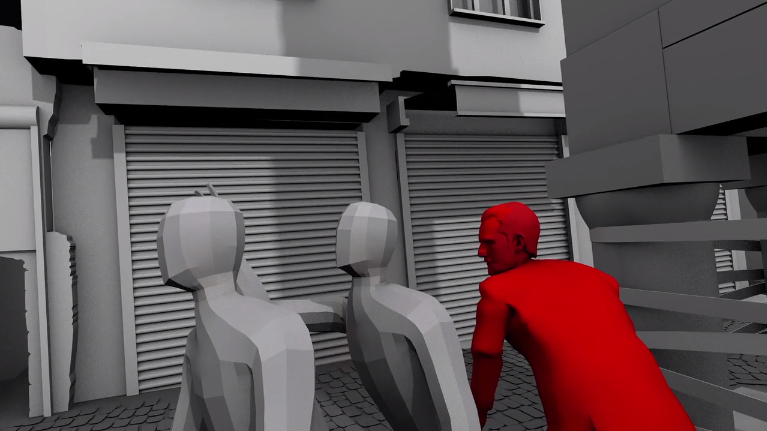
The conclusion ruled out the suggestion that PKK militants – either the two members at the scene or other militants targeting Elci with long-range weapons – may have been behind the killing.
On 14 December, the Diyarbakir Bar Association submitted FA’s findings to the prosecutor in charge of the investigation in the city.
“The FA investigation provides scientific evidence determining the potential suspects into the killing of Tahir Elci," Cihan Aydın, the president of Diyarbakir Bar Association, told Middle East Eye.
“However, since we submitted this evidence to the prosecution with the demand to interrogate the three policemen and open a court case, the prosecution has yet to respond. There has been no development whatsoever.”
A 'dissenting voice'
In the weeks leading up to Elci’s death, he had received numerous death threats after stating that the PKK was not a terrorist organisation live on Ahmet Hakan’s popular CNN Turk TV show, Tarafsiz Bolge.
"I wanted to break the taboo regarding the PKK being labelled as terrorist by Turkish media - which fails to understand the local support they have due to their legitimate demands for Kurdish rights," he told the New Arab in his office in Diyarbakir in October 2015, a month before he died.
"I didn't say it because I support the PKK, but rather I wanted to state a fact regarding their legitimacy in the eyes of many Kurds."
His comments on CNN Turk caused widespread controversy, which was followed by a prosecution that led to his arrest on 20 October and numerous death threats.
Elci said he was deeply upset by the uptick in violence that was consuming the southeast at the time, a situation which he blamed on the PKK militants as well as the Turkish state.
“The rebuilding of the trenches was foolish,” Elci said, referring to the decision by militants to establish fortifications across various towns in the southeast in the summer and autumn of 2015.
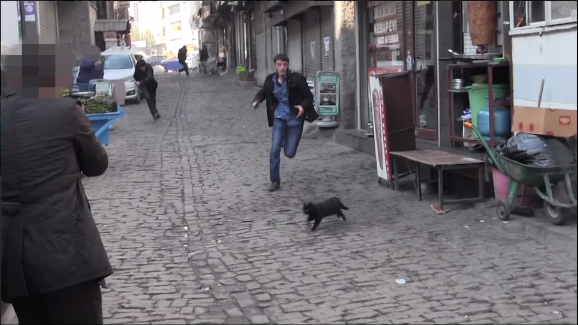
“The HDP took 80 seats with 6.5m votes in the June 2015 elections, and so now there is a crucial opportunity to obtain democratic rights through elections. With such success, what is the need for such violence?” he asked.
In the months before he was killed, Elci had visited his hometown of Cizre – a city consumed by violence at the time – and meticulously prepared a report, detailing in minute detail the human rights violations that had taken place during a government-imposed curfew in the city in September 2015.
Including numerous eyewitness accounts of the conflict, the report was testament to Elci’s desire to find a civic solution to the conflict by underlining the negative impact the actions of the militants and security forces had on the local community in Cizre.
Elci was especially renowned for successfully taking a number of landmark cases to the European Court of Human Rights (ECHR), which included cases regarding the bombings of Kurdish villages by the Turkish military during the 1990s, alleged torture in custody against Kurdish activists, as well as the killing of people taken into custody.
Of particular importance was Elci’s landmark case, Benzer and Others vs Turkey, in which the ECHR held Turkey liable for substantive violations of the right to life to villagers who were targeted in a Turkish military bombing campaign that killed 38 villagers in the southeast in 1994.
“Tahir Elci was targeted by warring parties while trying to explain the sanctity of the right to life within an orphaned society struggling to extricate itself from the tentacles of violence,” Turkan Elci, Tahir’s wife, wrote a year after he died.
“His was a small dissenting voice speaking out against the violence. His voice struck a note of harmony that was somehow discordant with their violent overture: a dissonant overture pleasing to their tone deaf ears alone.”
Meral Danıs Bestas, a HDP MP who worked for Tahir Elci before entering politics, said that it was his belief in pursing justice that made him so important.
“Tahir Elci was motivated by a desire to seek justice above all else, and he paid the cost for this with his life,” the MP for Siirt told MEE.
“His honesty also meant he acted as a kind of bridge between Kurds and the other people of Turkey – he was an admirable voice for peace that resonated with the people.”
Culture of impunity
Since Elci’s death, two chief prosecutors and four prosecutors conducting the investigation have been changed so far, and the police present at the scene were only ever interviewed as witnesses.
Neset Girasun, the Diyarbakir-based lawyer of the Elci family, told MEE that this suggested a lack of willingness by state authorities to pursue the investigation further and described the failure to question the police officers as particularly disturbing.
“As lawyers investigating Elci’s murder, we have always demanded that the police officers who had a direct line of fire to Elci should be questioned as suspects,” explained Girasun, who is also a member of the Diyarbakir Bar Association that Elci served as president of until his death.
“However, the prosecutor rejected our requests and only interviewed them as witnesses. They behaved as if the police were simply witnesses that happened to be passing the street at the time of the shooting.”
The frustration at the lack of progress in the investigation has become a bone of contention for the Diyarbakir-based lawyers who are eager to determine the truth behind the death of their colleague.
One lawyer, Cihan Aydin, told MEE that the lack of progress in the case is due to the culture of impunity prevalent within the Turkish state.
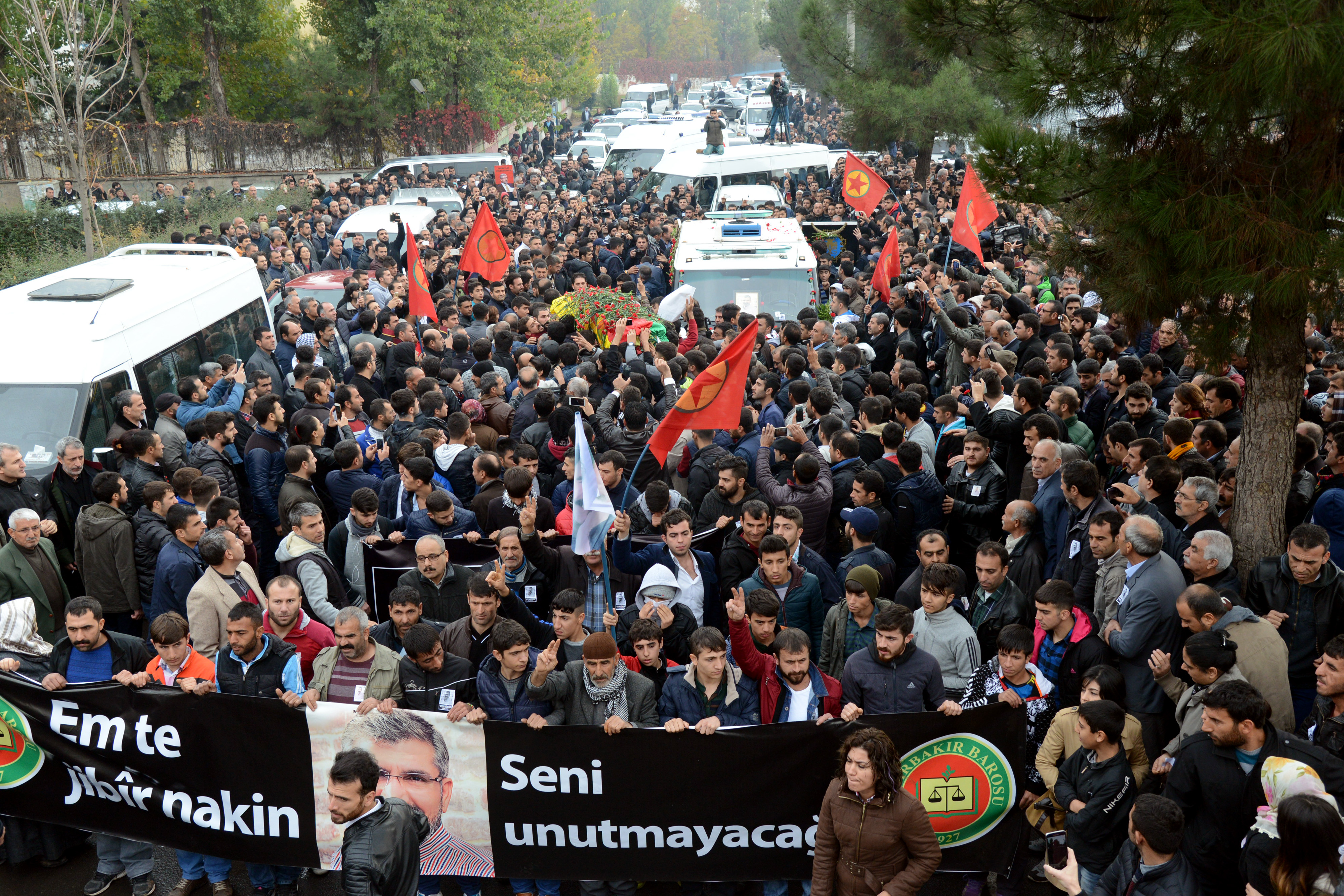
“Normally, the prosecutor should be investigating this murder, but instead we’ve done their job for them. Whenever there is a crime committed in which a police or state official is a potential suspect, the state is wary of investigating further,” he said.
Across the southeast, finding justice for the killing of Elci is particularly pertinent given the number of unresolved murders etched into the Kurdish collective memory. Such murders, known as murder by “unknown perpetrator”, included influential Kurdish writer Musa Anter, who was assassinated at a festival in 1992, and Kurdish lawyer Vedat Aydin, whose bullet-riddled corpse was found on a highway outside Diyarbakir three days after he had been arrested in 1991.
'In these lawless lands he managed to stand like a barrier against lawlessness'
- Turkan Elci, victim's wife
More recently, Armenian journalist Hrant Dink was murdered in Istanbul outside his
newspaper officers in 2007. Like Elci, Hrant Dink was killed by a single shot to the back of the head, and had received numerous death threats in the months leading up to his assassination.
Unlike these other examples of unresolved deaths, the evidence established in Forensic
Architecture’s two-year investigation into Tahir Elci’s death appears to be clearer.
While the investigation suggests that it is quite possible that the killing was an unintentional consequence of the firefight, Forensic Architecture have said that “at a very minimum, police officers A, C and D should be considered and questioned as suspects, and their actions investigated as such”.
In the words of his wife, Elci risks becoming the victim of what he struggled against for so many years.
“In these lawless lands he managed to stand like a barrier against lawlessness. He wiped the dust from stacks of files on enforced disappearances and tried to bring those responsible to justice in international courts,” Turkan Elci lamented.
“But his struggle against impunity made him a target for some who did not want justice to be done.”
Middle East Eye propose une couverture et une analyse indépendantes et incomparables du Moyen-Orient, de l’Afrique du Nord et d’autres régions du monde. Pour en savoir plus sur la reprise de ce contenu et les frais qui s’appliquent, veuillez remplir ce formulaire [en anglais]. Pour en savoir plus sur MEE, cliquez ici [en anglais].



